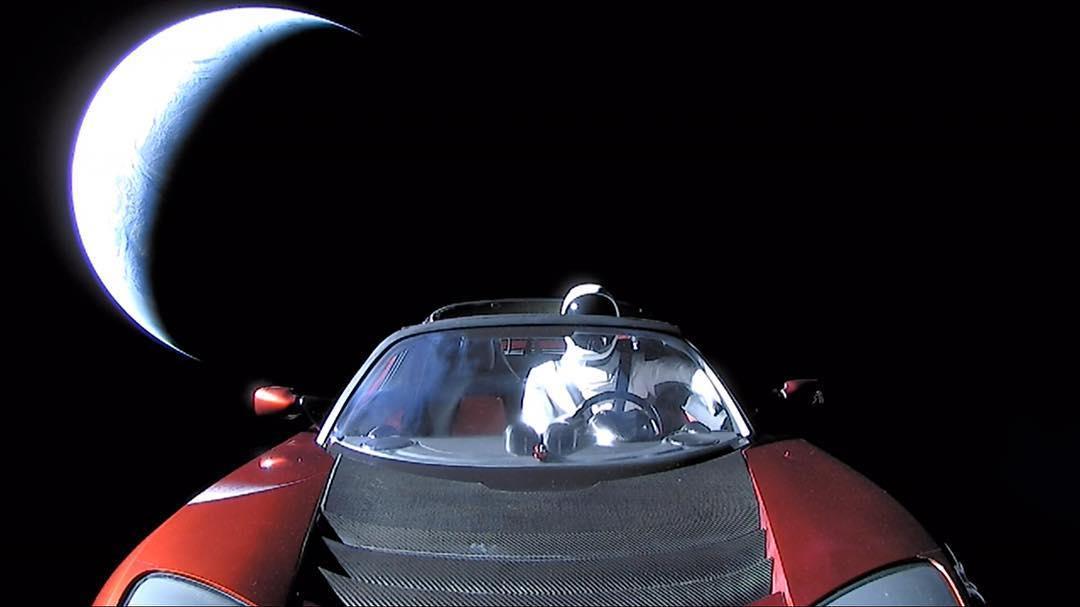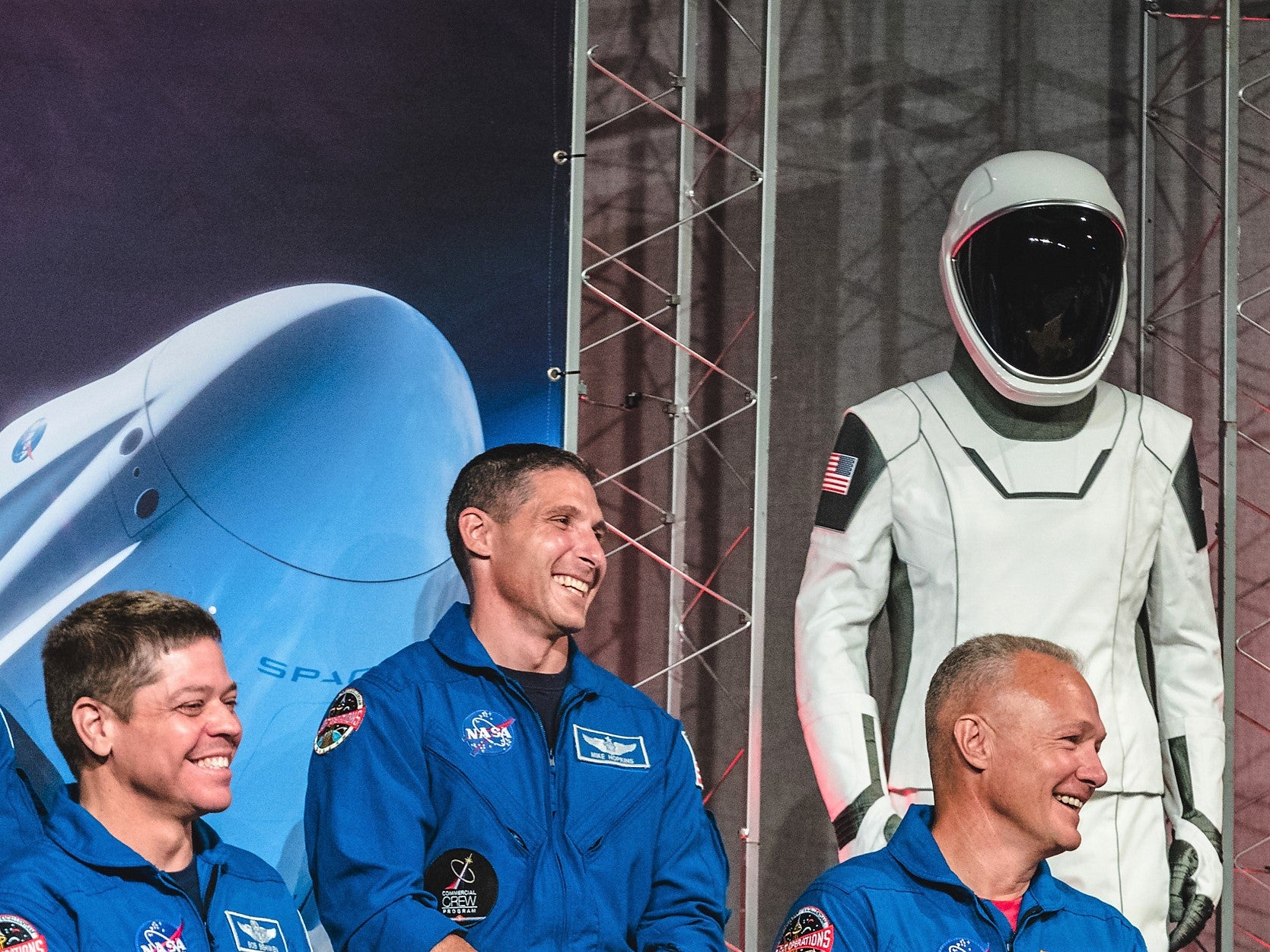Elon Musk reveals first SpaceX passenger to the International Space Station
Spacesuit-clad crash test dummy to ride aboard Crew Dragon spacecraft
SpaceX will send a spacesuit-clad crash test dummy to the International Space Station as part of a trial flight for its Crew Dragon spacecraft.
The mission will take place on 2 March and will also deliver supplies to crew aboard the ISS.
An array of sensors built into the mannequin's suit will help provide key data ahead of the first human passengers going aboard the capsule later this year.
Nasa plans to send astronauts Bob Behnken and Doug Hurley into space in April using the Crew Dragon, with a further two scheduled to launch later this year.
It will mark the return of human space flight capability to the United States for the first time since the Space Shuttle Program was retired in 2011.
It is not the first mannequin SpaceX founder Elon Musk has sent into space, having already launched the Starman dummy inside the entrepreneur's own car.
The launch was a demonstration of the private space firm's ultra powerful Falcon Heavy Rocket, which would one day be used to help transport humans to Mars.

Earlier this month, Mr Musk revealed the cost of a ticket to Mars on board a SpaceX flight would be less than $100,000.
Taking questions on Twitter, he wrote: "Very dependent on volume, but I'm confident moving to Mars (return ticket is free) will one day cost less than $500k & maybe even below $100k. Low enough that most people in advanced economies could sell their home on Earth and move to Mars if they want."

Speaking of the latest mission at Nasa's Kennedy Space Center in Florida, Nasa associate administrator for human exploration and operations Bill Gerstenmaier said the test flight will be used to "rigorously" assess fault detection procedures.
“The vehicle is not fully qualified,” he said. “But we know the hardware is good enough to go do this demonstration flight. In fact, we want it to go to flight to see if there’s something else we missed, and we fully expect to learn some things on this flight.”
Join our commenting forum
Join thought-provoking conversations, follow other Independent readers and see their replies
Comments
Bookmark popover
Removed from bookmarks